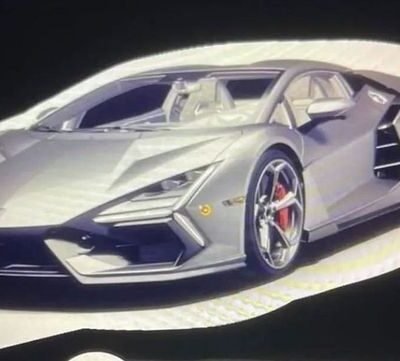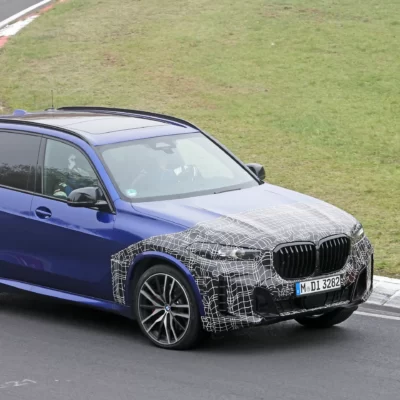Formula E: Things To know
There is a lot of excitement around the Formula E racing series as Hyderabad prepares to host India’s first-ever Formula E race on February 11. So here’s our go-to guide whether you’re new to Formula E or simply want to learn more about the series:

The first electric vehicle racing series in the world, Formula E was introduced in 2014. Teams and drivers must control battery energy usage since the races aren’t merely a contest of who can drive the fastest on the circuit. Drivers need to know when to push and when to preserve energy; here is where strategy is crucial. After all, being the quickest on the track is nothing if you lack the stamina to finish the race.
There are a total of 11 teams racing this year, including the Indian team Mahindra Racing, and each team has two drivers on the roster. Tata Consultancy Services (TCS) is Jaguar’s title partner, increasing Indian participation on the grid. The chassis and battery are the same for every automobile. Manufacturers are free to create their own software and powertrain designs, including the motor, gearbox, inverter, and rear suspension.
The majority of races are hosted on transient street tracks all over the world in an effort to introduce racing into urban areas. Practice, qualifying, and the main race are all held on race day, making it an exciting event as well.
The FIA gave Formula E world championship status in 2020. It’s really the first single-seater series to be recognized as an FIA World Championship since Formula 1.
The grid for the race is decided during qualifying. Drivers are separated into two groups for the Group Stage, the first round of qualifying, with those with odd championship standings (first, third, fifth, etc.) in Group A and those with even standings (second, fourth, sixth, etc.) in Group B. For this part of qualifying, drivers have access to 300kW of power.

In the Duels round, where power is now 350kW, the top four drivers from each group advance. The drivers are further split up into pairs: Group A’s drivers are split into A1 and A2, and Group B’s drivers are split into B1 and B2. The quickest from each pair competes in the semifinals, where the fastest from each group advances to the championship round.
The driver who completes the quickest lap between the two remaining competitors—one from Group A and one from Group B—earns pole position and will start the race from the front of the field.
The second will be the runner-up, and the third and fourth will be the ousted semi-finalists. Positions five through eight will be filled by the contestants in the remaining duels depending on their lap timings. The remaining odd spaces on the grid will be filled by drivers who participated in the group that the polesitter was in but didn’t advance to duels. The remaining even slots on the grid will be filled by corresponding drivers from the other group.
Similar to Formula 1, Formula E races have a predetermined number of laps. If there are yellow flag breaks or Safety Car periods, then more laps may be added to this.
You have Attack Mode, which further incorporates a strategic component. This increases the driver’s power by 50kW (from 300kW to 350kW) and may be utilized to make some significant overtakes. Drivers must pass through an Activation Zone and leave the racing line in order to activate this.
All drivers are given a set number of minutes to utilize in Attack Mode, which must be done in two batches. Only a few hours before each race is the precise length of Attack Mode permitted published. The teams must select one of three possibilities to split this time. Drivers can divide a total of 4 minutes in Attack Mode into 2-2 minutes, 3-1 minutes, or 1-3 minutes, for instance.
This year, Formula E will also test a new Attack Charge at a few races. Drivers will need to stop for a 30-second energy boost at this location. Once they are back on the track, they can engage in Attack Mode by doing this.
Ten finishers in the top 10 receive points. The driver who finishes on the pole receives three more points, while the winner of the race receives one extra lap.
The introduction of the new Gen3 vehicles will likely generate the most discussion throughout the forthcoming season. With a maximum speed of 320 kph and a power output of 350 kW (100 kW more than previously), they represent a considerable technological advance. The fact that they have front and back powertrains eliminates the requirement for rear hydraulic brakes, making them the first Formula One car with such a feature.
It doubles the Gen2 vehicles’ regeneration capacity with a combined 600kW. In reality, regenerative braking generates more than 40% of the energy utilized during a race.
Finally, there is the chassis itself, whose style was influenced by a fighter jet. Theoretically, better racing should be possible on congested and winding city circuits with a smaller vehicle and shorter wheelbase. As a consequence of all these modifications, the “fastest, lightest and most sustainable electric race vehicle ever built” has been created, according to Formula E.
Are you excited about Formula E? comment down below
Also, see
Mahindra Thar 5-Door 4×2 Spotted Before Its Launch- Interior Revealed
Follow us on Instagram – here



